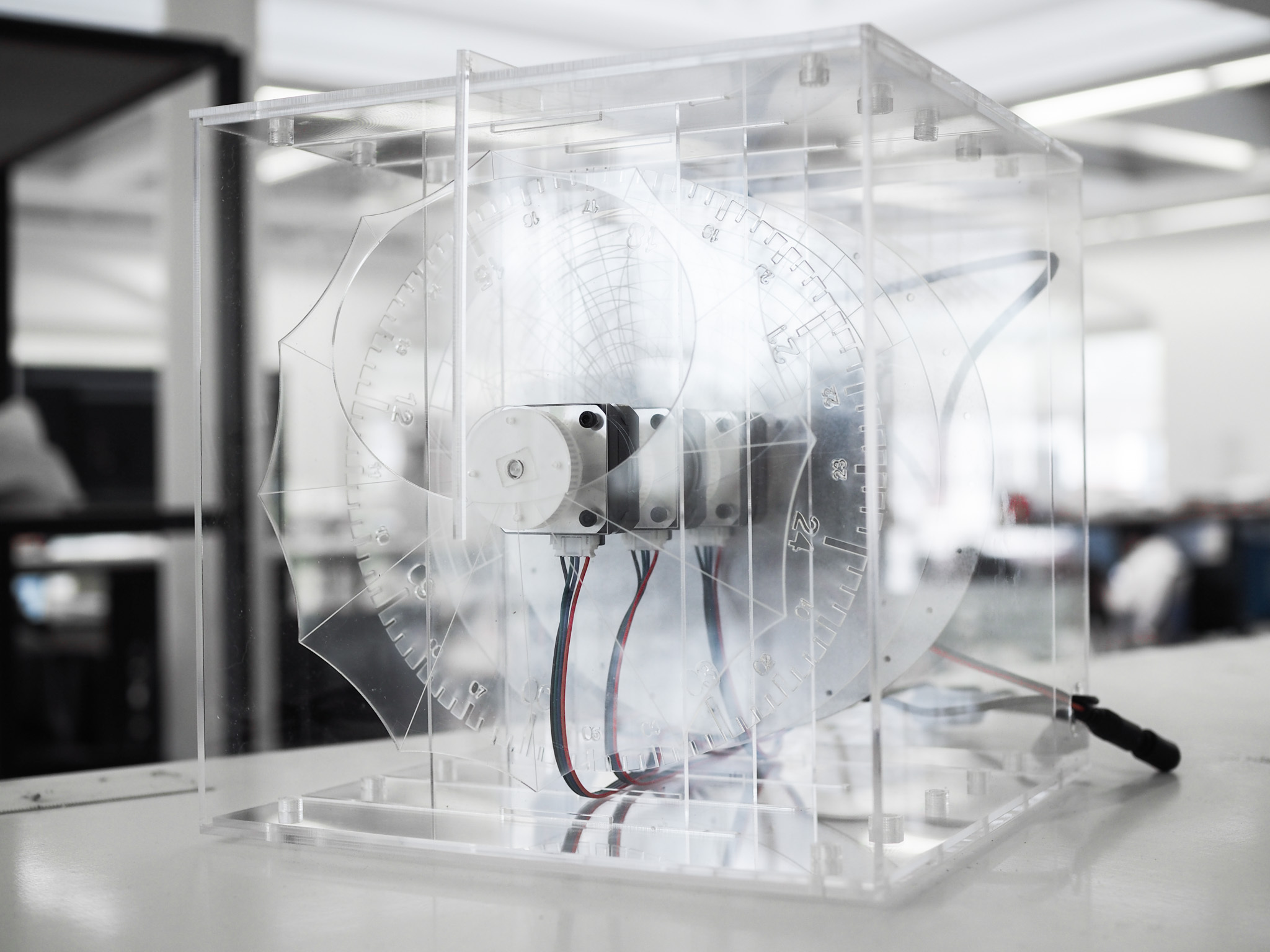Alternative Clocks
Saralee Sittigaroon

Time is a culturally constructed concept that is influenced by political and contextual factors. Although the global time system is widely used, it is important to recognize its limitations and the fact that it is not an absolute truth. The accuracy of the global time system is achieved through the averaging and adjustment of time data from atomic clocks across more than 62 countries, which is compiled into Coordinated Universal Time (UTC). Occasionally, leap seconds are added to the system, resulting in minutes that are longer than 60 seconds.
Following time measurement, the conversion of time into time zones and adjustment for daylight saving time occur. The delineation of time zones has historically been influenced by economic zones and subject to changes based on political alliances. The most extreme time zones are +14 hours at Line Islands (Kiribati) and -12 hours in and around Baker Islands (US). Therefore, the maximum possible difference between times on Earth is 26 hours.
As time is a human invention, it is possible to design new timepieces and create alternative temporal systems to meet the changing needs of society. With advances in communication technology, a single clock is no longer necessary to synchronize activities, and quantifying previously difficult-to-measure phenomena is now possible through technology. This project advocates for challenging dominant narratives of clock time and exploring new ways of measuring time to better understand the world. Just as different maps are available for different purposes, using different projections into the same space, the same can be done with time.
To create a new temporal system, this project utilizes a Raspberry Pi to connect to WiFi and retrieve data from an API using Python. The system is set up in Bash to connect to GitHub and automatically run the program without turning on the GUI. The cloud-derived data is then converted into stepper motor angles and transmitted to an Arduino via a residual communicator. The Arduino controls the stepper motors using C++, resulting in clocks running at different speeds. The new clock necessitates a new cognitive pattern that combines multiple clocks to orchestrate contingent rhythms of an individual's day. The clocks can be customized to meet the individual's needs, and the person can switch between systems if necessary.
The clock not only measures time but also orchestrates human action and designs space. The incorporation of new time zones enables the clock to be used as a tool to connect or disconnect us from others. Additionally, new clocks offer a unique perspective on the world. For instance, when scientists investigate nature, they do so through the man-made time system, which may not align with the natural cycles of animals. Animals follow their own distinctive sleep-wake cycles and do not conform to the Universal Time Coordinated (UTC) system. Moreover, new clocks give rise to new social protocols, such as scheduling school semesters according to energy cycles rather than conventional clock time, to ensure that every student has the same amount of energy to complete their tasks. Given that life comprises various factors, an individual's day could consist of multiple clock systems that orchestrate contingent rhythms.
